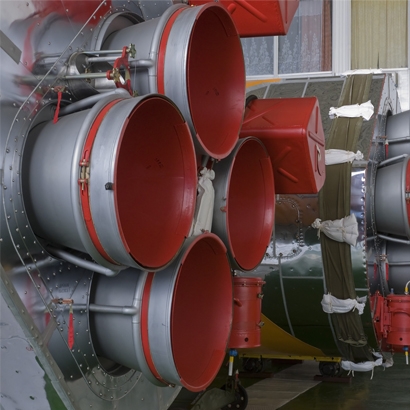A wave of capital investment is coming for the natural gas industry, driven by the major global oil and gas companies. However, there is a risk of oversupply if too many projects are approved and we face a demand shortfall.
Global natural gas consumption on the rise
The demand for liquefied natural gas (LNG) continues to grow as the consumption of natural gas rises globally. To put this in perspective, today there are more than 40 countries importing LNG compared to nearly ten around 15 years ago. Each year another country is added to the importing list, and with China's recent increase in consumption, the industry is positioning for higher demand.
Next wave of LNG projects: more global this time
The consensus view is that North America will swamp the world in natural gas. In part this is true – we forecast the US to be the biggest LNG producer by 2025. However, much of the US growth is based on project approvals between 2013 and 2019, and the next wave of project approvals could be spread out globally.
Morgan Stanley predicts a significant wave of LNG project approvals in the next two years, which will be driven by the ‘supermajors’ (the name given to the handful of world’s largest publicly traded oil and gas companies). This is likely to globalise the LNG industry, increase supply from newer regions including Africa and Russia, and continue growth of some large legacy producers including those in the Middle East, North America and Australasia.
We also see projects moving forward in Mozambique, Papua New Guinea, Russia and Qatar – projects that are backed by supermajors and other large players. Supermajors are seen to have an advantage in the current environment, with soft spot LNG pricing today making it difficult for smaller players to underpin contracts and secure financing. This dynamic risks squeezing out a number of US, Canadian and Australian project proposals, affecting growth aspirations for some companies in these regions.
Australia’s $50 billion LNG industry
LNG is now Australia’s third largest export by value after iron ore and coal, and the sector is worth around $50 billion as exports climbed 21 per cent in the 2019 financial year [1]. Australia is producing almost 80 million tonnes per annum of LNG or around one-quarter of global supply based on a wave of investment from 2010 to 2018.
While this is promising, Australia is a high-cost region, particularly when considering new greenfield locations. The opportunity for Australia to compete with other global projects is via brownfield developments. Brownfield is where existing infrastructure is used for new developments, as existing gas fields that supply this infrastructure depletes. A number of companies in Australia are already working on brownfield expansion opportunities given the sunk infrastructure costs.
What does this mean for investors?
The challenge for investors is to know which projects will go ahead and in what order, as there is a long list of global LNG projects vying for expansion.
Investors are encouraged to support companies investing in projects that will proceed, particularly those with strong contracts and deliverable capital expenditure programs. Morgan Stanley believes strong contracts are important given the risk of too many projects proceeding, which could create oversupply should demand end up being lower than expected.
Plus, an oversupply risk means those that are higher on the cost curve or reliant on spot LNG markets may find themselves in difficulty in the years ahead.
For more on investing in the LNG industry or a copy of our report, speak to your Morgan Stanley financial adviser or representative. Plus, more Ideas from Morgan Stanley's thought leaders.
[1] Australia’s LNG industry now a $50 billion earner, https://www.australianmining.com.au/news/australias-lng-industry-now-a-50-billion-earner/



